There are thousands of varieties of winter squash and pumpkins, a number made possible by the ease with which they cross-pollinate. Though cooking times vary based on differing water content, the easiest way to cook most winter squash is roasting them whole. To do so, pierce the skin liberally with the tip of a knife to allow steam to escape during cooking, then roast on a rimmed baking sheet at 400°F until a skewer inserted through the squash meets no resistance. It is then a simple matter to split the squash, let it cool, and discard any stringy bits and seeds (or save and toast them) before scraping out the flesh.
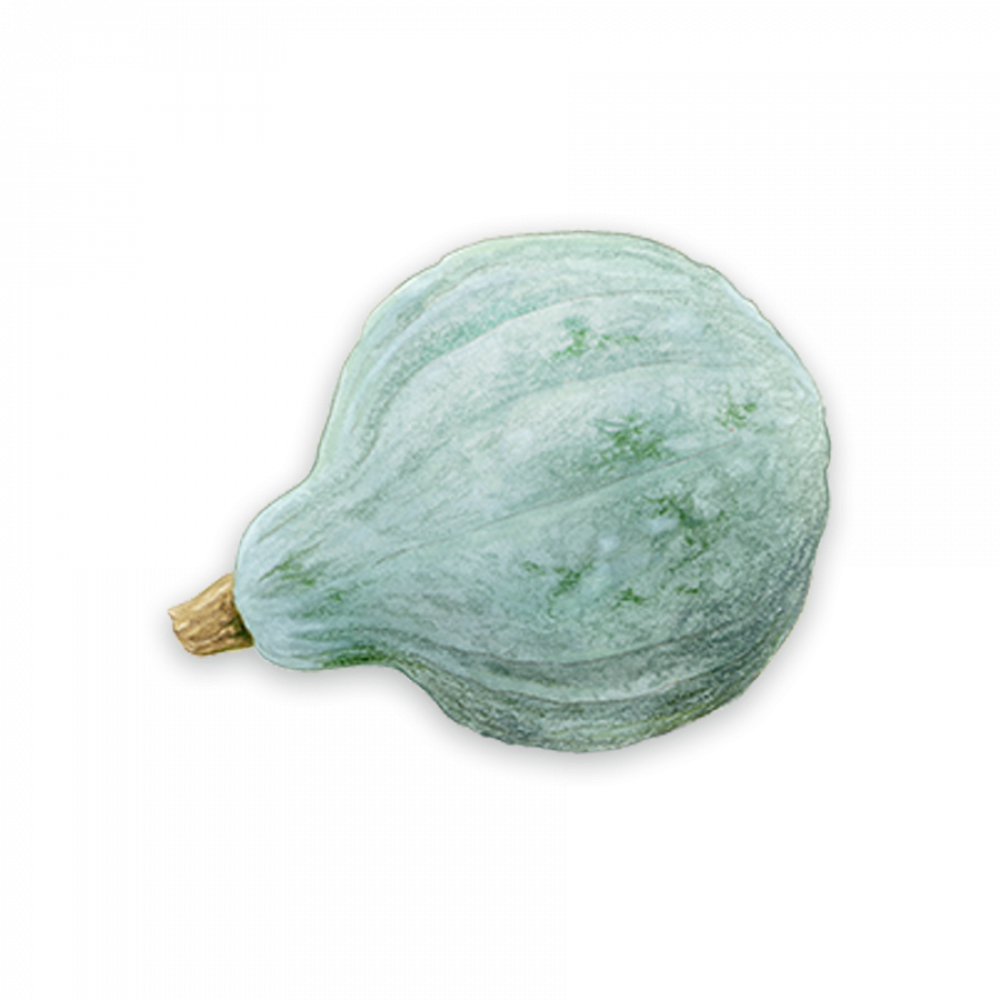
HUBBARD
Ranging from bluish green to dark orange, these huge, bumpy squash were brought from South America to New England in the 1830s. The shell is so hard that an ax sometimes is required to crack it. Halves or sections can be roasted in the skin until the golden flesh is tender enough to be scooped out.
KABOCHA
This round, dark-green squash also is referred to as a Japanese pumpkin. Traditionally, it was eaten around the winter solstice in soup. Its vibrant, yellow-orange flesh is one of the sweetest winter varietals, making it ideal for not only savory recipes but also desserts.
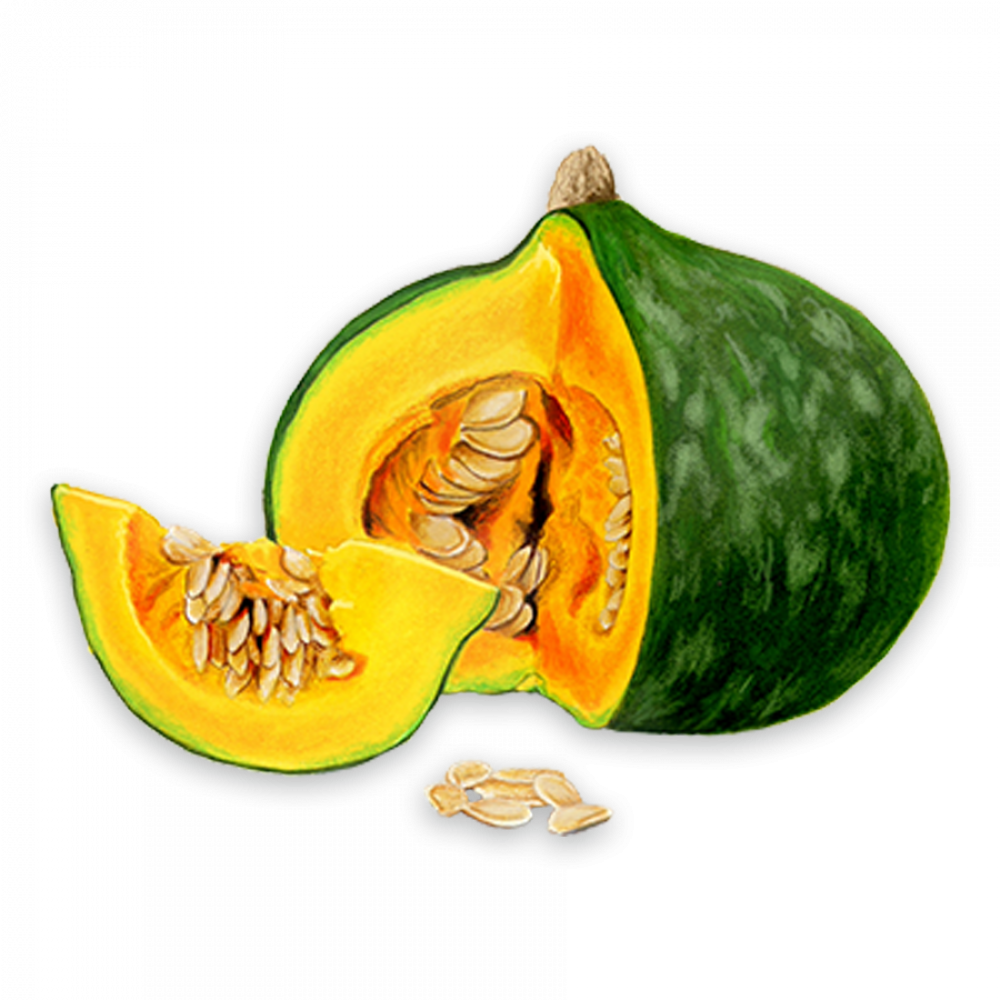
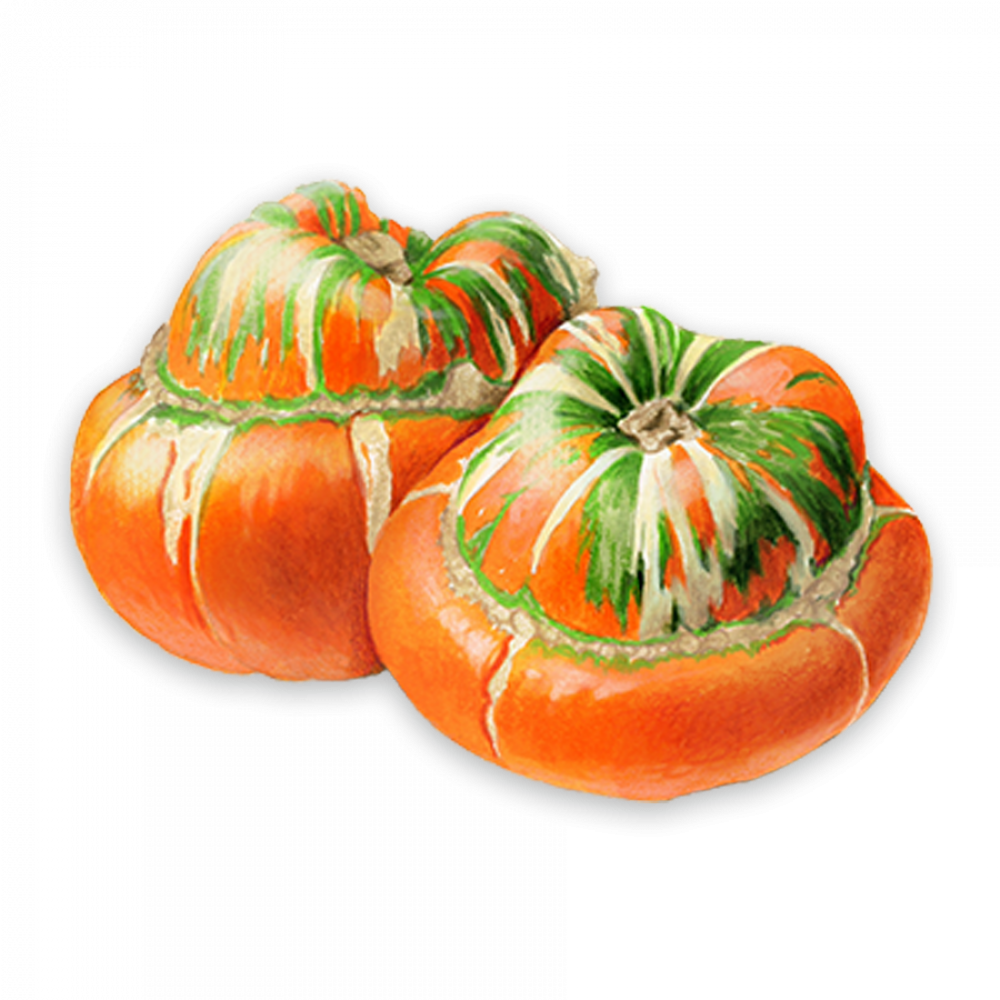
TURBAN
Often mistakenly referred to as Turkish, this French variety has an irregular shape, with a ring around the middle separating lopsided halves. The acorn-like top is sliced off the base, then both halves are peeled and cubed or cooked with the skin on. The squash’s multicolored thin skin covers dense, mild flesh that works well roasted or steamed.
CUSHAW
Sometimes sold as decorative squash in the U.S., this pale crookneck variety with green or yellow stripes is in fact edible. Its mild, delicate flesh also is eaten raw in its native Central America. It’s similar in sweetness to acorn squash, but creamier when roasted.
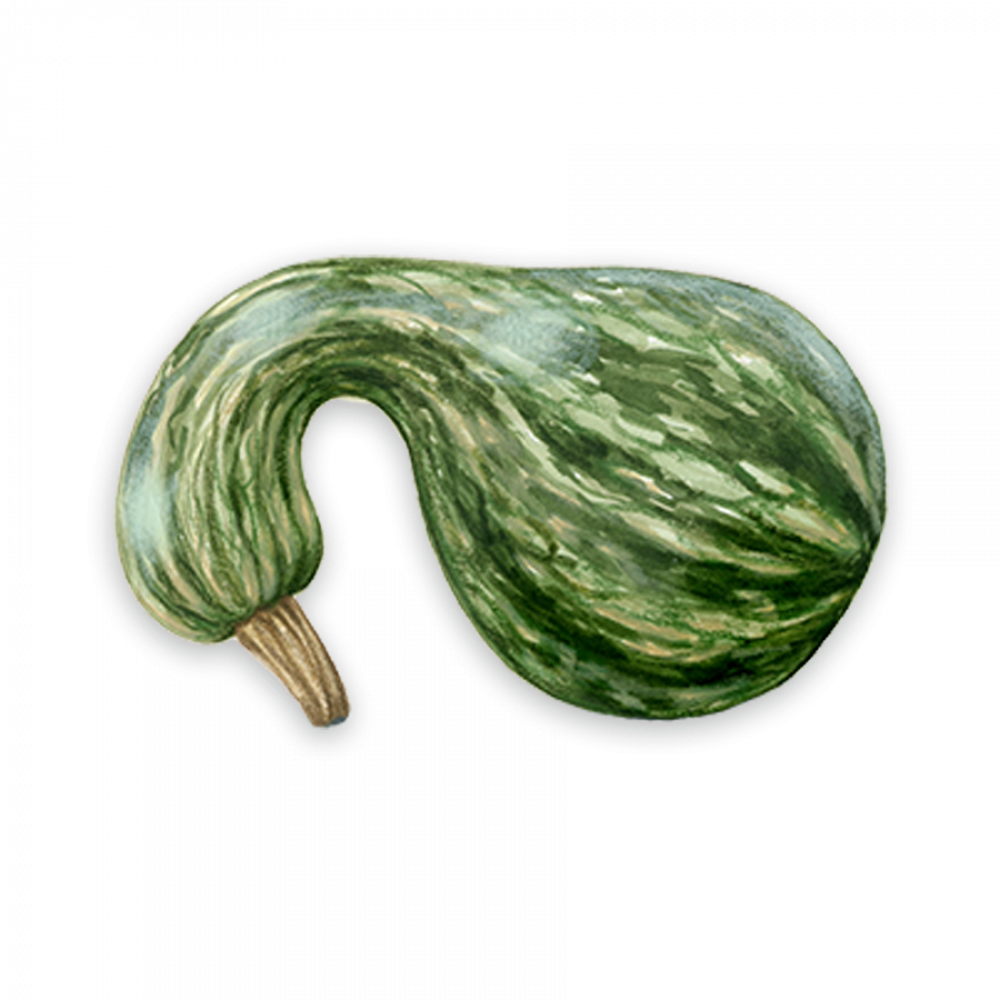
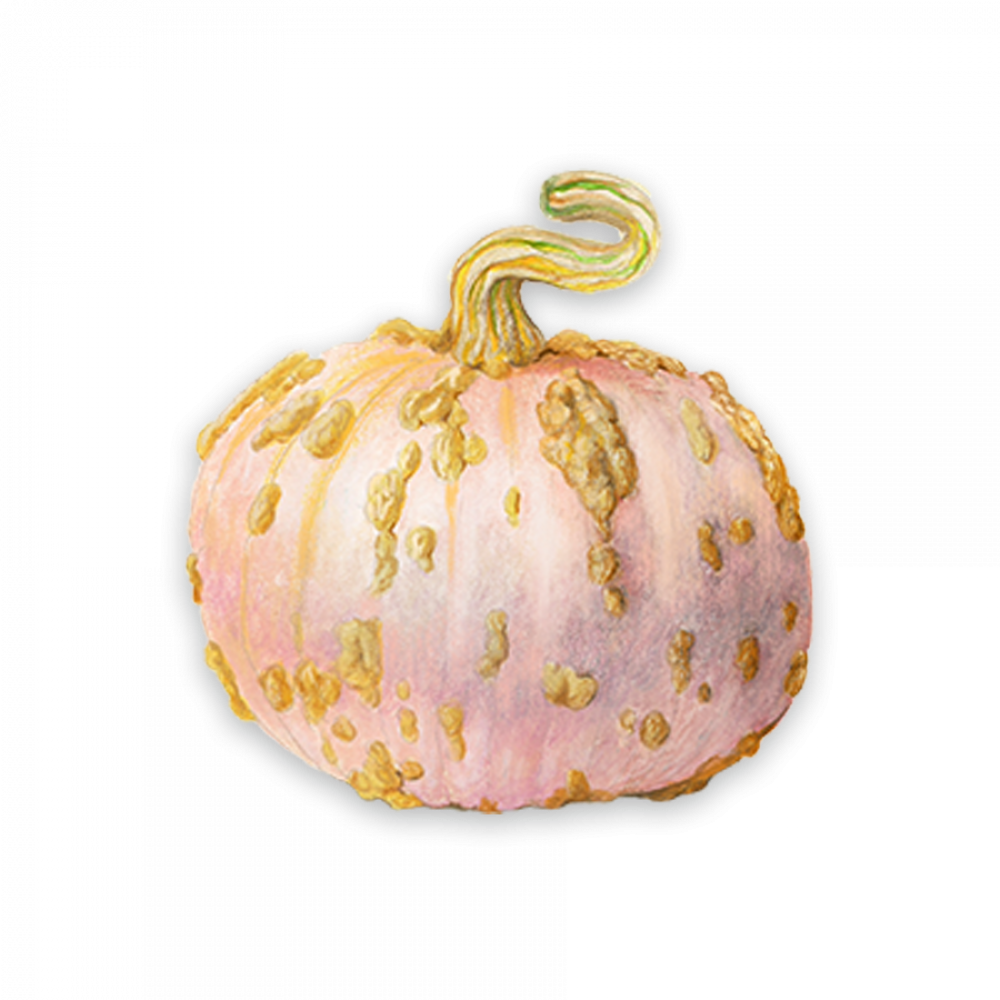
GALEUX D’EYSINES
Also called the peanut pumpkin, the Galeux d’Eysines comes from the Bordeaux region of France. When it matures, sugars leach through the thin, peach-colored skin to form wrinkled, knobby protrusions. Its velvety texture, with a flavor similar to sweet potato or apple, is ideal for pureed soups, sauces and preserves; it also is delicious cubed and roasted.



